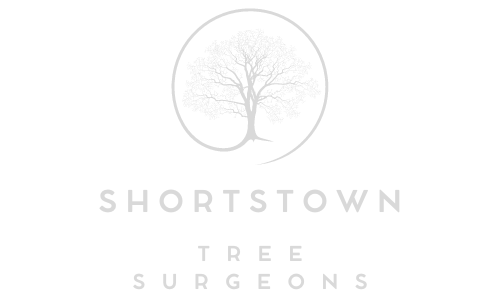How to Trim Trees Without Harming Birds’ Nests
Introduction: Maintaining your trees and ensuring they are healthy and safe is essential to responsible tree care. However, being mindful of the wildlife that may call your trees home is equally crucial. Birds often build their nests in the branches of trees, and trimming or pruning your trees without proper consideration can potentially harm these nests and the birds within. This blog post will discuss trimming trees without harming birds’ nests, promoting responsible tree care and wildlife conservation. At Shortstown Tree Surgeons, we understand the delicate balance between tree maintenance and wildlife protection.
The Importance of Protecting Birds’ Nests
Birds’ nests are not only a wonder of nature but also vital for the reproduction and survival of many bird species. Disturbing or damaging these nests during tree trimming can have significant consequences, including:
- Harm to Young Birds: Trimming trees during nesting season can injure or die young birds in the nest.
- Stress to Parent Birds: Tree trimmers near a nest can cause stress to parent birds, potentially leading them to abandon their nests or neglect their young.
- Legal Implications: In many regions, disturbing or destroying active bird nests is against the law and can result in fines or legal consequences.
- Conservation Efforts: Many bird species face habitat loss and climate change challenges. Protecting their nests during tree trimming contributes to overall conservation efforts.
Trimming Trees Without Harming Birds’ Nests
Identify Nesting Periods:
- Before scheduling tree trimming, identify the nesting periods of local bird species in your area. Avoid tree trimming during the nesting season, which can vary depending on the species and location.
Consult with Experts:
- If you’re unsure about the timing of tree trimming, consult a local ornithologist or wildlife expert who can guide you on the best times to trim without disturbing nesting birds.
Visual Inspections:
- Before starting any trimming, visually inspect the tree for active nests. Look for nests in the branches or cavities. Binoculars can help spot nests high in the tree canopy.
Mark Nest Locations:
- If you find active nests, mark their locations. This will ensure that tree trimmers know the nests and can avoid disturbing them.
Adjust Trimming Practices:
- Modify your tree trimming plan to avoid the areas with active nests. Trim branches away from nests, rather than through them, whenever possible.
Work with Professionals:
- Hiring professional tree care experts like Shortstown Tree Surgeons can ensure tree trimming is done safely and responsibly. They have experience in identifying and protecting nests during tree maintenance.
Maintain Distance:
- During tree trimming, maintain a respectful distance from the nest and avoid loud noises or sudden movements that may distress parent birds.
Conclusion: Trimming trees without harming birds’ nests is crucial to responsible tree care and wildlife conservation. By understanding the nesting patterns of local bird species and taking proactive measures to protect their nests, you can maintain the health and safety of your trees while coexisting harmoniously with nature. At Shortstown Tree Surgeons, we prioritise tree care and wildlife protection, ensuring that your trees thrive and local wildlife continues to flourish in your area.
Call us on: 01234 862 087
Click here to find out more about Shortstown Tree Surgeons
Click here to complete our contact form and see how we can help with your tree’s needs.

